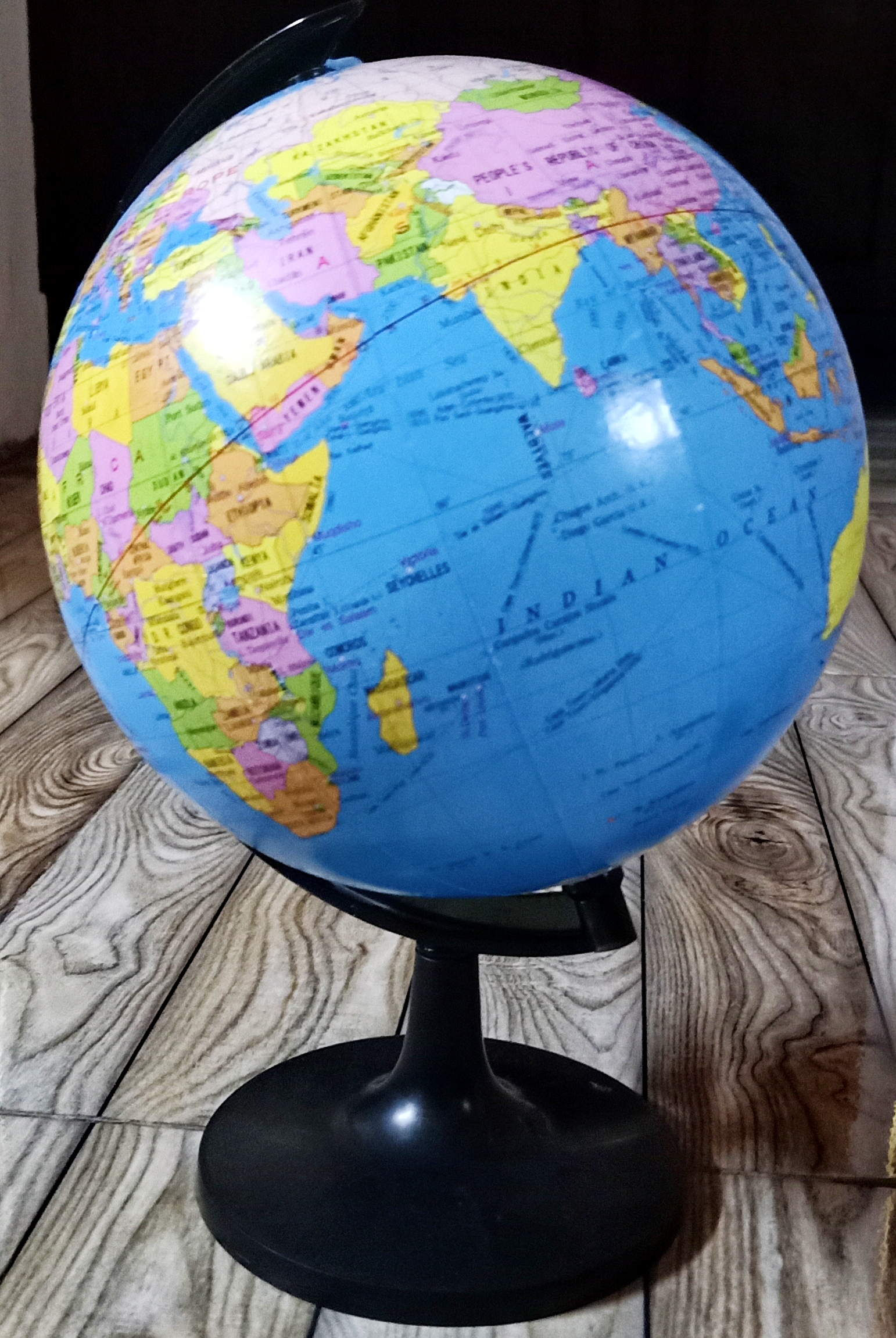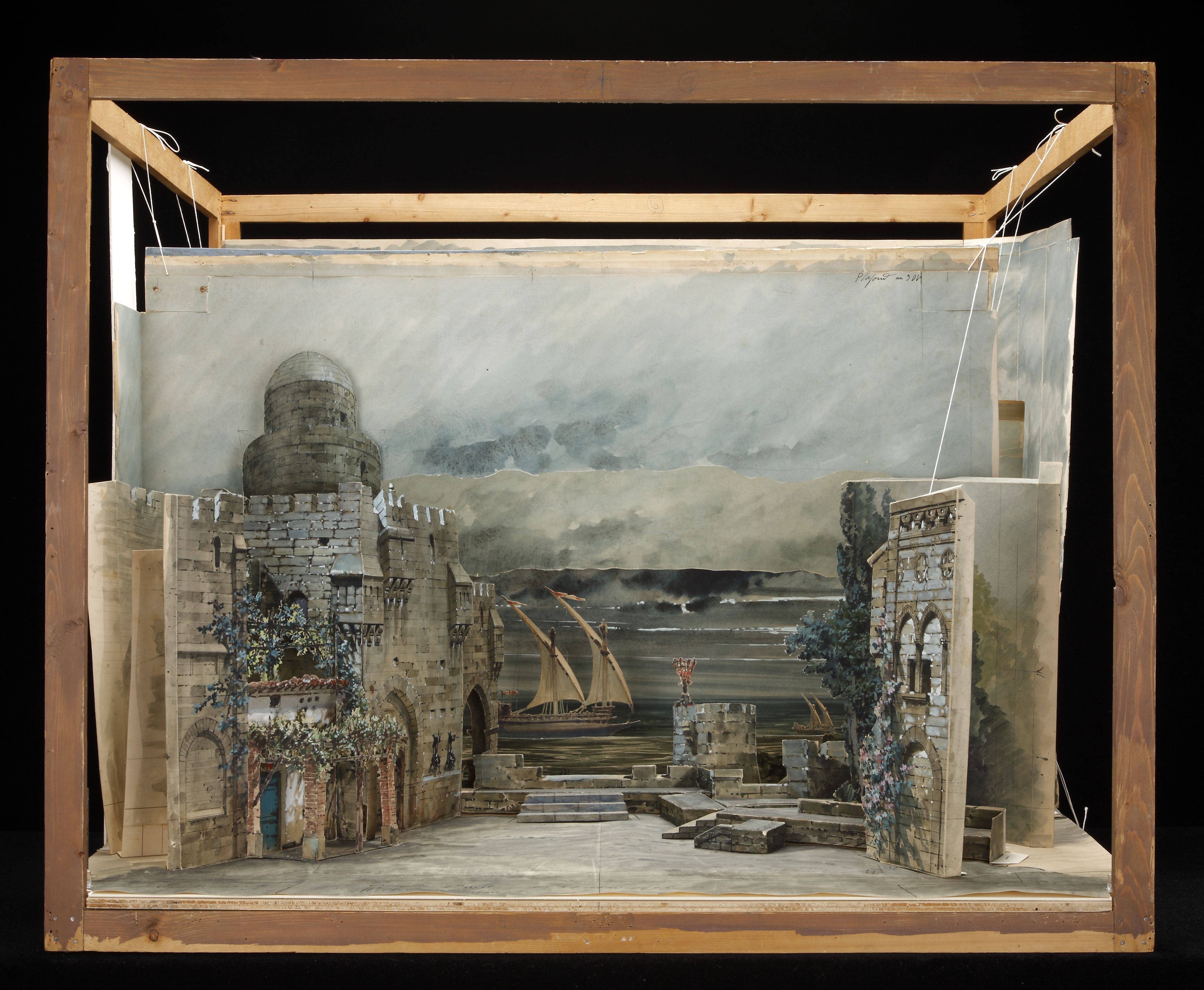|
2004 Arashi! Iza, Now Tour!!
''2004 Arashi! Iza, Now Tour!!'' is the fourth video album by Japanese boy band Arashi. It was released by J Storm on January 1, 2005 and contains concert footage from their Iza, Now Tour, filmed at Yokohama Arena in Yokohama, Japan on August 3, 2004. The video album peaked at number three on the Oricon DVD chart. It was certified Gold by the Recording Industry Association of Japan (RIAJ) in June 2006. Background and release Arashi's fourth summer concert tour, the Iza, Now Tour, promoted their fourth studio album, ''Iza, Now!''. From late-July to late-August, the band played in front of 300,000 people throughout Japan. The concert was recorded on August 3, 2004 at Yokohama Arena in Yokohama, watched by a crowd of 17,000. Five months later, the video was released in Japan by J Storm. Backstage footage of the band arriving and departing from each venue, and the MC, a short customary talk during the intermission, was included as a bonus feature on the second disc. It was released i ... [...More Info...] [...Related Items...] OR: [Wikipedia] [Google] [Baidu] |
Arashi
is a Japanese boy band consisting of five members formed under the Johnny & Associates talent agency. The members are Satoshi Ohno, Sho Sakurai, Masaki Aiba, Kazunari Ninomiya, and Jun Matsumoto. Arashi officially formed on September 15, 1999, in Honolulu, Hawaii, and made their debut CD on November 3, 1999. The group was initially signed to Pony Canyon and released one studio album and six singles—beginning with their 1999 eponymous debut single before moving to the Johnny's subsidiary label J Storm in 2001, which was initially set up for their succeeding releases. While their debut single sold close to a million copies, the group took a mixture of pop and alternate/contemporary approach to its music which attracted core followers, but subsequently faced commercially slow sales. With the release of their eighteenth single "Love So Sweet", Arashi began to gain commercial success as it was used as the opening theme song for the high-rating drama '' Hana Yori Dango 2'' whose p ... [...More Info...] [...Related Items...] OR: [Wikipedia] [Google] [Baidu] |
Hitomi No Naka No Galaxy/Hero
is the thirteenth single of the Japanese boy band Arashi. The single was released in three editions: a regular edition containing a bonus track and karaoke versions of all the songs released in the single, and two limited editions, both containing a DVD with a music video of one of the A-side tracks. The single is the group's third double A-side single, and all the songs included in the single starts with the letter "H". Single Information "Hitomi no Naka no Galaxy" was used as the theme song for the drama ''Minami-kun no Koibito'' starring Kyoko Fukada and Arashi member Kazunari Ninomiya, and "Hero" was used as the theme song for NTV's Olympics The modern Olympic Games or Olympics (french: link=no, Jeux olympiques) are the leading international sporting events featuring summer and winter sports competitions in which thousands of athletes from around the world participate in a var ... coverage. Track list Charts, peaks and certifications Charts Sales and c ... [...More Info...] [...Related Items...] OR: [Wikipedia] [Google] [Baidu] |
Inflatable
An inflatable is an object that can be inflated with a gas, usually with air, but hydrogen, helium and nitrogen are also used. One of several advantages of an inflatable is that it can be stored in a small space when not inflated, since inflatables depend on the presence of a gas to maintain their size and shape. Function fulfillment per mass used compared with non-inflatable strategies is a key advantage. Stadium cushions, impact guards, vehicle wheel inner tubes, emergency air bags, and inflatable space habitats employ the inflatable principle. Inflation occurs through several strategies: pumps, ram-air, blowing, and suction. Although the term ''inflatable'' can refer to any type of inflatable object, the term is often used in boating to specifically refer to inflatable boats. Types High-pressure vs. low-pressure A distinction is made between high-pressure and low-pressure inflatables. In a high-pressure inflatable, structural limbs like pillars and arches are built out o ... [...More Info...] [...Related Items...] OR: [Wikipedia] [Google] [Baidu] |
Walkway
In American English, walkway is a composite or umbrella term for all engineered surfaces or structures which support the use of trails. ''The New Oxford American Dictionary'' also defines a walkway as "a passage or path for walking along, esp. a raised passageway connecting different sections of a building or a wide path in a park or garden." The word is used to describe a footpath in New Zealand, where "walkways vary enormously in nature, from short urban strolls, to moderate coastal locations, to challenging tramps ikesin the high country ountains. Similarly in St. John's, Newfoundland, Canada the " Grand Concourse", is an integrated walkway system that has over of walkways, which link every major park, river, pond, and green space in six municipalities. In Toronto, Ontario, Canada, the SkyWalk is an approximately enclosed and elevated walkway (skyway) connecting Union Station to the CN Tower and the Rogers Centre (SkyDome). It is part of the PATH network. The SkyWalk passe ... [...More Info...] [...Related Items...] OR: [Wikipedia] [Google] [Baidu] |
Globe
A globe is a spherical model of Earth, of some other celestial body, or of the celestial sphere. Globes serve purposes similar to maps, but unlike maps, they do not distort the surface that they portray except to scale it down. A model globe of Earth is called a terrestrial globe. A model globe of the celestial sphere is called a ''celestial globe''. A globe shows details of its subject. A terrestrial globe shows landmasses and water bodies. It might show nations and major cities and the network of latitude and longitude lines. Some have raised relief to show mountains and other large landforms. A celestial globe shows notable stars, and may also show positions of other prominent astronomical objects. Typically, it will also divide the celestial sphere into constellations. The word ''globe'' comes from the Latin word ''globus'', meaning "sphere". Globes have a long history. The first known mention of a globe is from Strabo, describing the Globe of Crates from about 150&nb ... [...More Info...] [...Related Items...] OR: [Wikipedia] [Google] [Baidu] |
Stage (theatre)
In theatre and performing arts, the stage (sometimes referred to as the deck in stagecraft) is a designated space for the performance of productions. The stage serves as a space for actors or performers and a focal point (the screen in cinema theaters) for the audience. As an architectural feature, the stage may consist of a platform (often raised) or series of platforms. In some cases, these may be temporary or adjustable but in theaters and other buildings devoted to such productions, the stage is often a permanent feature. There are several types of stages that vary as to the usage and the relation of the audience to them. The most common form found in the West is the proscenium stage. In this type, the audience is located on one side of the stage with the remaining sides hidden and used by the performers and technicians. Thrust stages may be similar to proscenium stages but with a platform or performance area that extends into the audience space so that the audience ... [...More Info...] [...Related Items...] OR: [Wikipedia] [Google] [Baidu] |
Stage Design
Scenic design (also known as scenography, stage design, or set design) is the creation of theatrical, as well as film or television scenery. Scenic designers come from a variety of artistic backgrounds, but in recent years, are mostly trained professionals, holding B.F.A. or M.F.A. degrees in theatre arts. Scenic designers create sets and scenery that aim to support the overall artistic goals of the production. There has been some consideration that scenic design is also production design; however, it is generally considered to be a part of the visual production of a film or television. Scenic designer The scenic designer works with the director and other designers to establish an overall visual concept for the production and design the stage environment. They are responsible for developing a complete set of design drawings that include the following: *''basic ground plan'' showing all stationary and scenic elements; *''composite ground plan'' showing all moving scenic elem ... [...More Info...] [...Related Items...] OR: [Wikipedia] [Google] [Baidu] |
Set Construction
Set construction is the process undertaken by a construction manager to build full-scale scenery, as specified by a production designer or art director working in collaboration with the director of a production to create a set for a theatrical, film, or television production. The set designer produces a scale model, scale drawings, paint elevations (a scale painting supplied to the scenic painter of each element that requires painting), and research about props, textures, and so on. Scale drawings typically include a groundplan, elevation, and section of the complete set, as well as more detailed drawings of individual scenic elements which, in theatrical productions, may be static, flown, or built onto scenery wagons. Models and paint elevations are frequently hand-produced, though in recent years, many Production Designers and most commercial theatres have begun producing scale drawings with the aid of computer drafting programs such as AutoCAD or Vectorworks. Theater In ... [...More Info...] [...Related Items...] OR: [Wikipedia] [Google] [Baidu] |
Johnny's Entertainment
is a Japanese talent agency, formed by Johnny Kitagawa in 1962, which trains and promotes groups of male entertainers known as . History 1962–1989 In 1962, Kitagawa launched his first group, Johnnys. In its early days, Kitagawa's agency rented an office space owned by Watanabe Productions, operating under its management as well. Six years later, Four Leaves, a boy band created by the agency, became successful. Four Leaves left a lasting legacy to the industry because it was produced as a "Group sounds band that does not play instruments", a product of Kitagawa's taste for emphasizing the attributes, personality and physical abilities of a performer. Since then Kitagawa has formed a number of successful acts, such as solo artist Masahiko Kondō, whose song, , won the 1987 Japan Record Award, and Hikaru Genji, the first Johnny group with three singles on the Japanese Oricon yearly chart in 1988. Johnny & Associates played an integral role in the post-war growth of Japanese bo ... [...More Info...] [...Related Items...] OR: [Wikipedia] [Google] [Baidu] |
Kansha Kangeki Ame Arashi
is a song by Japanese boy band Arashi from their debut studio album '' Arashi No.1 Ichigou: Arashi wa Arashi o Yobu!'' (2001). It was released on November 8, 2000 by Pony Canyon as their fourth single. The single was released in two editions. While both the regular edition and limited edition contains two songs and its instrumentals, the two have different covers and only the limited edition included a set of stickers. "Kansha Kangeki Ame Arashi" debuted at number two on the Oricon Singles Chart, and was certified Platinum by the Recording Industry Association of Japan for shipment of 400,000 copies. Single information "Kansha Kangeki Ame Arashi" was used as the theme song for the drama ''Namida o Fuite'' starring Yōsuke Eguchi, Arashi member Kazunari Ninomiya, Yuki Uchida (born November 16, 1975) is a Japanese actress, and a popular 1990s idol, model and singer. Biography Uchida was born in Tokyo. She practiced fencing in high school, and ranked 3rd in a tournament in Tok ... [...More Info...] [...Related Items...] OR: [Wikipedia] [Google] [Baidu] |
Arashi (song)
"Arashi" (stylized as A・RA・SHI) is a song recorded by the Japanese boy band of the same name. It was released on November 3, 1999, by the record label Pony Canyon as the band's first single. "Arashi" was used as the theme song for Arashi's mini-drama and for the 8th World Cup of Volleyball hosted by Japan in 1999, featuring the group as supporters. While both the regular and limited editions were released as a CD single containing two songs and its instrumentals, only the limited edition included a poster. A new version of "Arashi", A-ra-shi: Reborn, was released on December 20, 2019, as a single in the start of the ''Reborn'' project. A-ra-shi: Reborn was later included in the ''Arashi Reborn Vol.1'' extended play, released on February 28, 2020, together with A Day in Our Life: Reborn, and One Love: Reborn. Single information Perhaps the group's most popular song, "Arashi" is a crowd favorite during concerts. When it was released, an estimated 80,000 fans showed up to a ... [...More Info...] [...Related Items...] OR: [Wikipedia] [Google] [Baidu] |
Kimi No Tame Ni Boku Ga Iru
is the fifth single of the Japanese boy band Arashi. The single was released in two editions. While both the regular edition and limited edition contains two songs and its instrumentals, only the limited edition included stickers and changeable disc covers. It was certified gold by the RIAJ The is an industry trade group composed of Japanese corporations involved in the music industry. It was founded in 1942 as the Japan Phonogram Record Cultural Association, and adopted its current name in 1969. The RIAJ's activities include p ... for a shipment of 200,000 copies. Track listing Charts References External links Kimi no Tame ni Boku ga Iru product information Kimi no Tame ni Boku ga Iru Oricon profile {{authority control Arashi songs 2001 singles Pony Canyon singles 2001 songs Songs written by Kōji Makaino ... [...More Info...] [...Related Items...] OR: [Wikipedia] [Google] [Baidu] |
.jpg)



.jpg)


